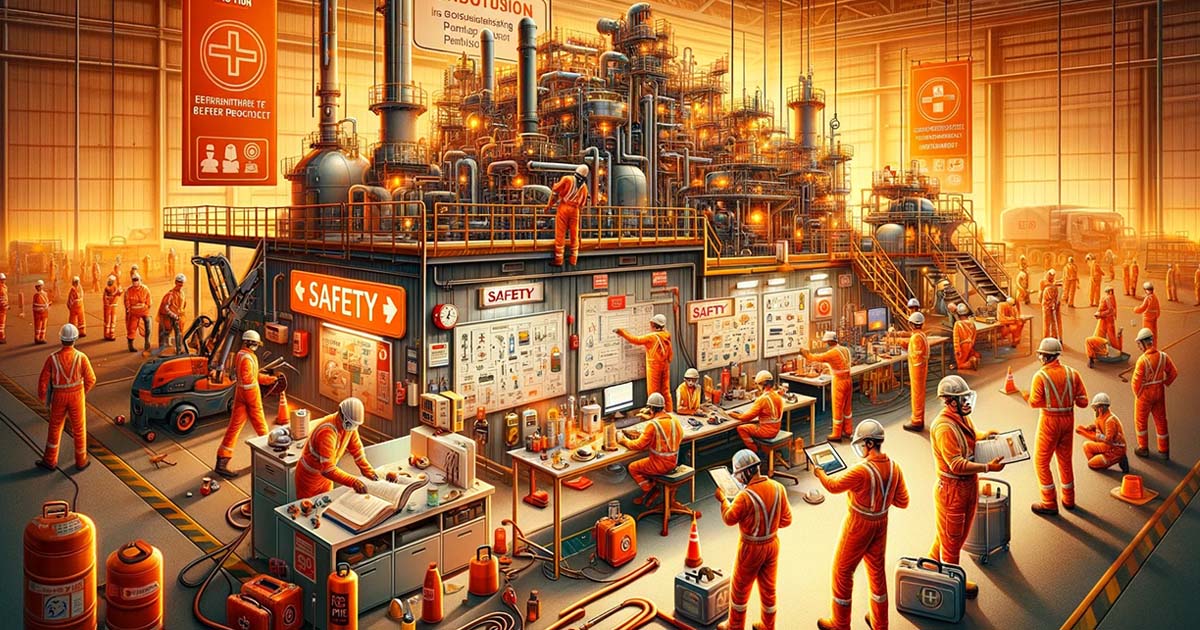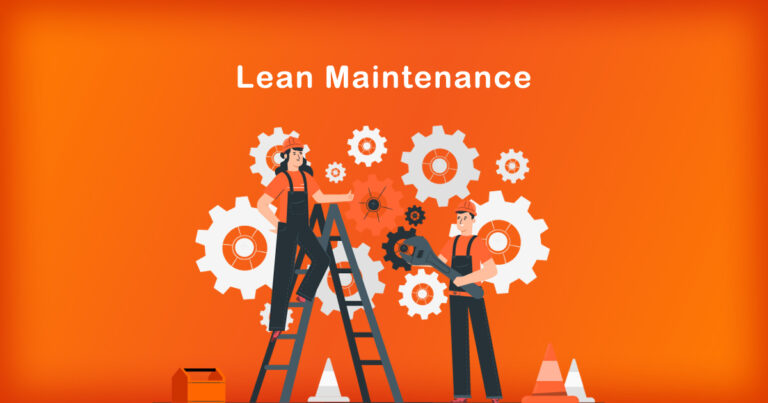Maintenance operations are crucial in ensuring the smooth functioning of industrial and manufacturing facilities. In India, the importance of maintenance operations has grown with the rise of the country’s industrial sector. However, with the growth of the sector, the importance of safety in maintenance operations has also increased. It is essential to ensure that maintenance operations are conducted safely to avoid accidents and injuries that could harm workers, equipment, and the environment. This article aims to highlight the importance of safety in maintenance operations, its benefits, and the best practices to achieve it in an Indian context.
Risks Associated with Maintenance Operations:
Maintenance operations are associated with various risks, including the use of heavy machinery and equipment, exposure to hazardous chemicals, and working at heights. These risks can lead to accidents that could cause severe injuries or fatalities. According to a report by the National Crime Records Bureau (NCRB), there were over 48,000 industrial accidents in India in 2019, resulting in 22,000 deaths. These alarming statistics highlight the urgent need for businesses to prioritize safety in their maintenance operations.
Importance of Safety in Maintenance Operations:
Ensuring safety in maintenance operations is crucial for several reasons. First, it protects workers from harm and injuries that could impact their lives and livelihoods. Secondly, it ensures the smooth functioning of industrial facilities, preventing equipment breakdowns and downtime that could impact productivity and profitability. Thirdly, it ensures compliance with legal and regulatory requirements, reducing the risk of fines, lawsuits, and reputational damage.
Benefits of Safety in Maintenance Operations:
There are several benefits of ensuring safety in maintenance operations, including:
- Increased productivity: Safe maintenance operations ensure that equipment is in good working condition, reducing the risk of equipment breakdowns and downtime, resulting in increased productivity.
- Reduced costs: Safety in maintenance operations helps reduce the risk of accidents, which can be costly in terms of medical expenses, lost productivity, and legal fees.
- Improved worker morale: When workers feel safe, they are more motivated to work and are less likely to experience work-related stress and anxiety.
- Compliance with legal and regulatory requirements: Ensuring safety in maintenance operations ensures that businesses comply with legal and regulatory requirements, reducing the risk of fines, lawsuits, and reputational damage.
Best Practices for Safety in Maintenance Operations:
To ensure safety in maintenance operations, businesses should adopt best practices such as:
- Proper training: Workers should receive appropriate training on the use of equipment, safety protocols, and emergency procedures.
- Regular inspections and maintenance: Regular inspections and maintenance of equipment and machinery can help identify potential hazards and ensure that they are in good working condition.
- Use of personal protective equipment (PPE): Workers should be provided with appropriate PPE such as helmets, gloves, safety glasses, and steel-toed boots to protect them from potential hazards.
- Risk assessments: Risk assessments can help identify potential hazards and develop appropriate safety protocols and procedures.
- Regular safety audits: Regular safety audits can help identify areas for improvement, such as the need for additional safety equipment or the need for additional worker training.
Conclusion:
In conclusion, safety in maintenance operations is of utmost importance for businesses across India. It not only protects workers from potential harm but also helps businesses avoid significant financial losses. To ensure safety in maintenance operations, businesses should prioritize worker training, equipment maintenance, and regular safety audits and inspections. By doing so, they can create a safer and more productive workplace for all employees.








